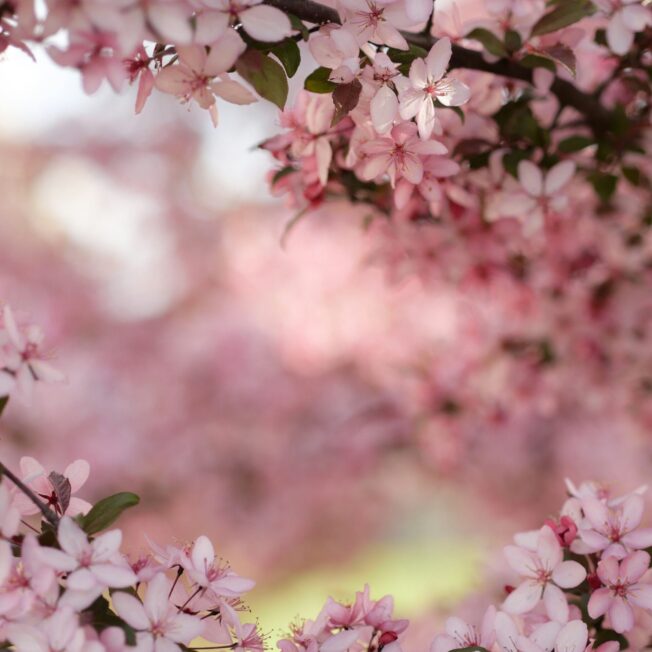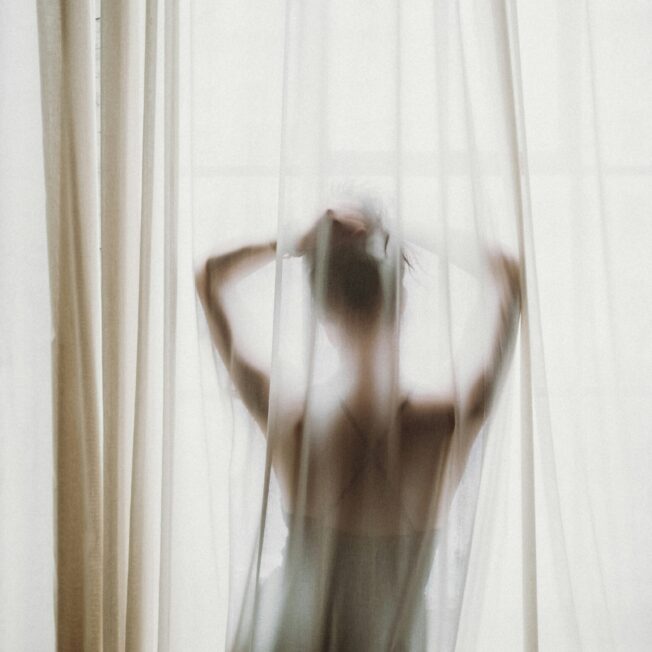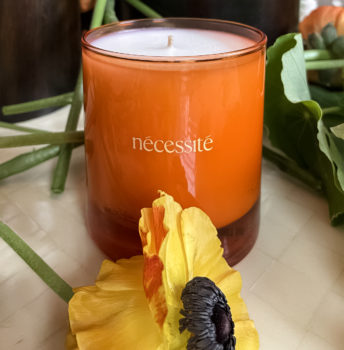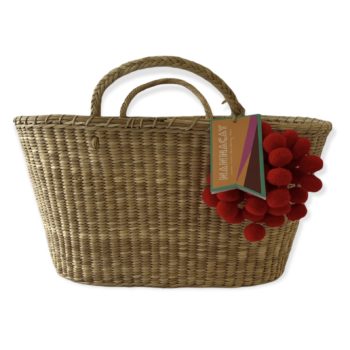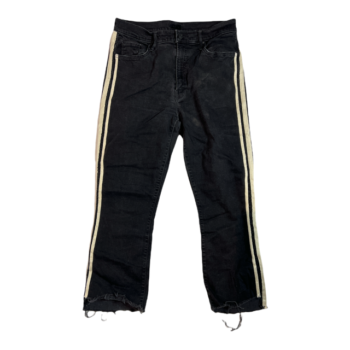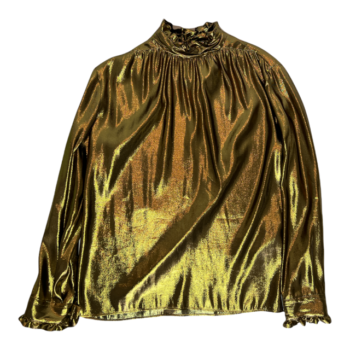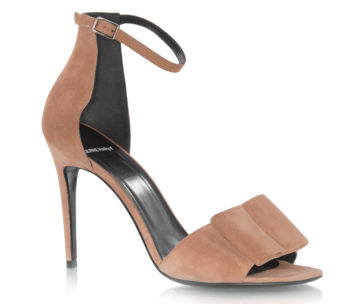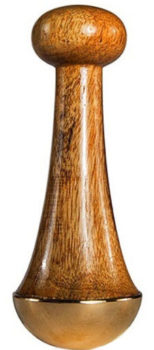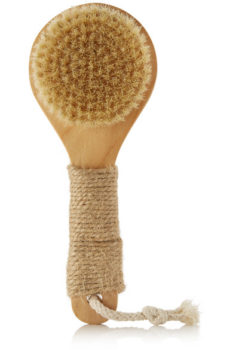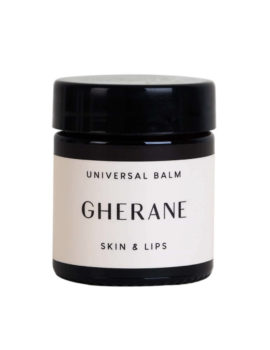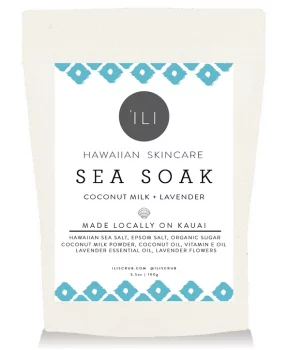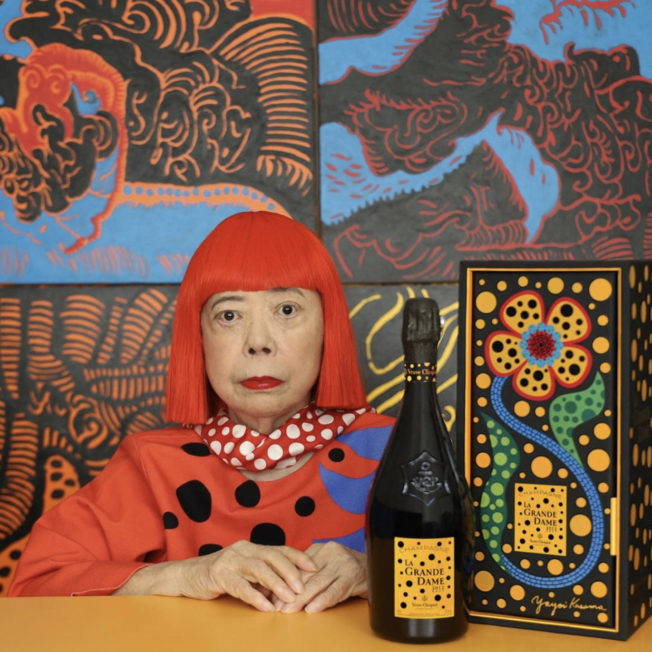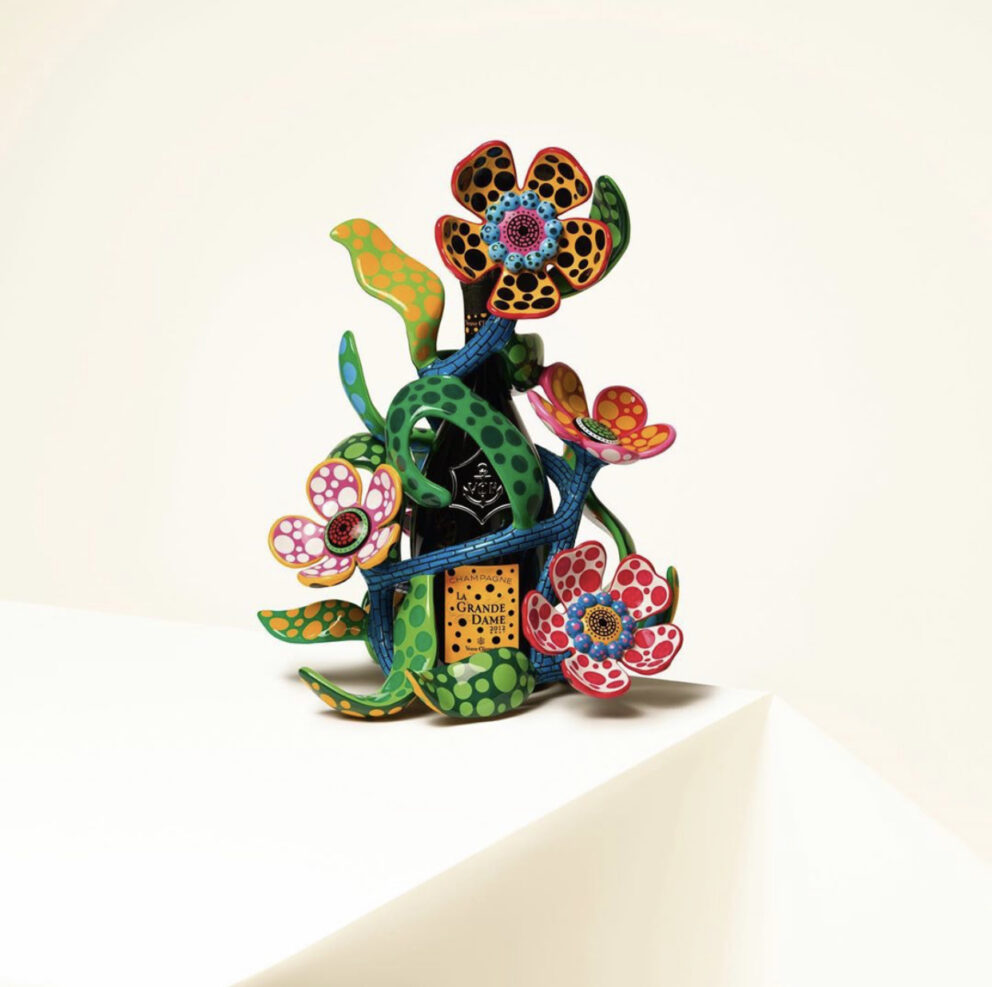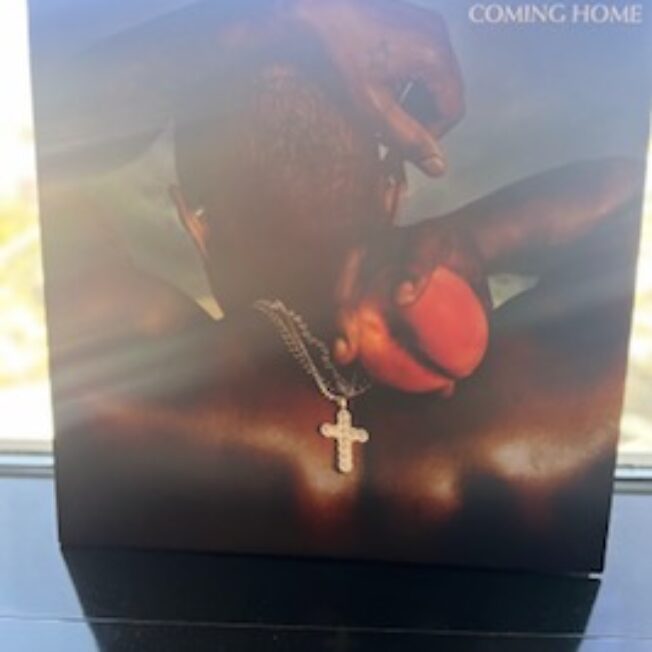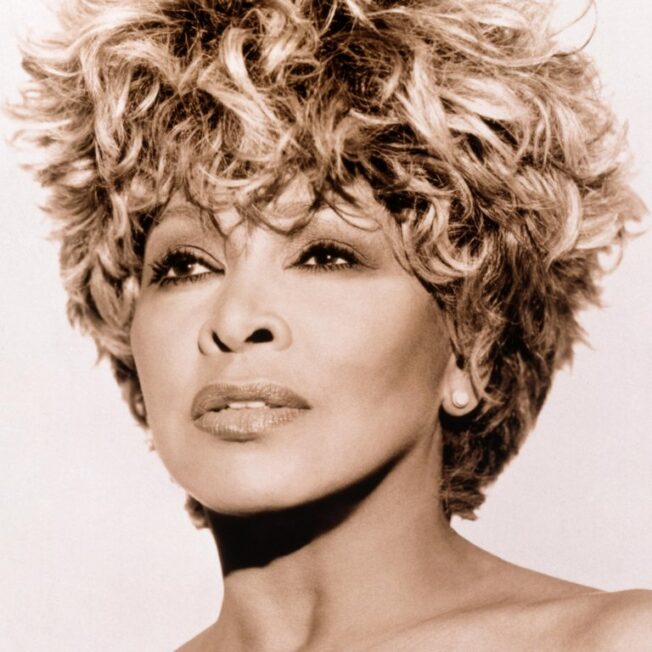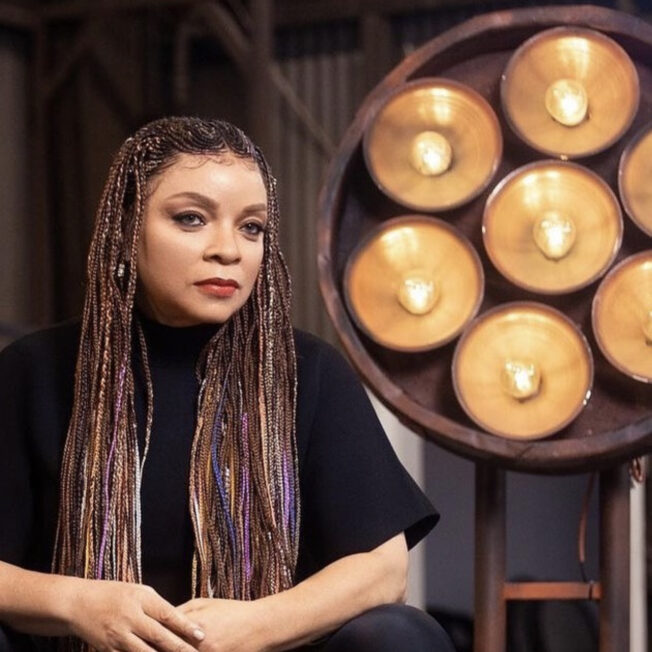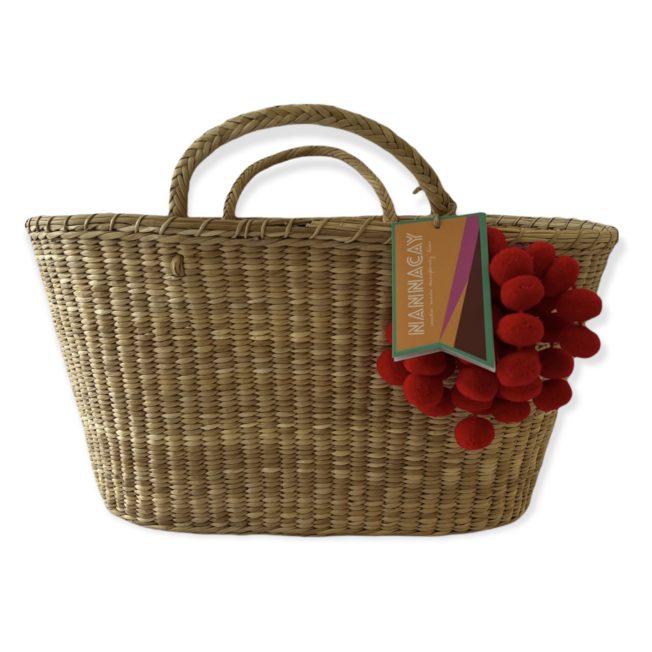What happens when you mix a renowned contemporary artist with luxury champagne? Ask Yayoi Kusama and Veuve Clicquot. The centuries-old French Champagne house brought in Kusama to create a limited edition bottle and sculpture that would make any champagne or art connoisseur swoon. The design combines Veuve’s classic orange motif with Kusama’s specialty: dots, and lots of them. Fittingly so for a bubbly.
This limited edition bottle comes fourteen years after their first foray into a collaboration. Veuve brought in Kusama this time around to celebrate their latest vintage, La Grande Dame 2012. The bottle will be available for purchase beginning in October for the holiday season, including a stunning Kusama-designed box, retailing for $195. A limited number of 100 hand-painted magnum bottles will have a new flower sculpture that Kusama created that will double as the case, called My Heart That Blooms in the Darkness of Night, available for VIP clients upon request for a whopping $30,000.
Yayoi Kusama x Veuve Clicquot
To celebrate the new vintage, Kusama used her work and vision to send a cheerful message to the world through her custom work for the champagne house, taking advantage of what may seem like simple colors and shapes, but reimagined in a unique way.
In addition to the sleek black bottle carefully adorned with dots of varying sizes on the label and around the neck of the bottle, Kusama took on the case as well. In addition to the continuation of orange and black dots to match Veuve Clicquot’s classic motif, the artist added an opulent and colorful flower to symbolize “vital energy, love, and celebration of life.”
For their first collaboration in 2006, Kusama “revivified” the original portrait of Madame Clicquot for a charity auction in Japan, painting bold red dots across the canvas in her signature style. This collaboration paid homage to Madame Clicquot, the grande dame herself who revolutionized the champagne world as one of the few female entrepreneurs of her time. Widowed at age 27, Madame Clicquot took over her husband’s champagne house in 1805 and pioneered a new way of producing champagne, re-establishing Veuve Clicquot.
Who is Yayoi Kusama?
Kusama herself revolutionized an industry, though nearly 200 years later, and quite a jump from the champagne world. The 91-year-old artist left Japan for the United States after a traumatic and tumultuous childhood when she was only 28 to transform the art world of the West, which was heavily dominated by men.
Dubbed “princess of polka dots,” Kusama has been creating eccentric, colorful avant-garde art for decades, embracing multiple mediums, including paintings, sculptures, installations, and performances, all with one thing in common: her extensive use of polka dots.
She began painting during her childhood in Japan around the time she began experiencing hallucinations. These visions often involved fields of dots, eventually inspiring her length career. However, many of her early paintings from Japan were destroyed at her own hands before she moved to the United States in 1957
Her early work in New York City centered around “infinity net” paintings, consisting of thousands of tiny dots repeated across a canvas, seemingly going on for infinity. Later in her career, Kusama created multiple iterations of her Infinity Mirror Room. Her initial breakthrough happened in 1965 when she developed Infinity Mirror Room–Phalli’s Field. She transformed her repetitive paintings into an installation using multiple mirrors. Throughout her career, she’s developed twenty different Infinity Mirror Rooms, creating a kaleidoscopic environment with her signature print,
Kusama returned to Japan in 1973 after becoming somewhat of an outcast in New York City but was in ill health mentally. She briefly started a business as an art dealer, but it folded in 1977. Kusama checked herself into a psychiatric hospital that offered art therapy shortly thereafter, where she has taken up permanent residence willingly. She embraced her new life, managing with her circumstances and, just as she always had, channeled her entire emotional being into her work in a studio six days a week just a stone’s throw away from the hospital.
The 91-year-old leads a simple life, despite her global fame. She seldom, if not never, does interview. Instead, she does what she’s done all day, every day since she was a kid: creates.
Through her expansive career, Kusama has become one of the biggest-selling female artists in the entire world. Millions upon millions of people have lined up just to get a glimpse of Kusama’s work. Some, art enthusiasts, others, admirers of the Instagrammable nature of Kusama’s work. Either or falls into one of her wishes, “I am determined to create a Kusama world, which no one has ever done and trodden into.”
Photo Credit: Veuve Clicquot Instagram




